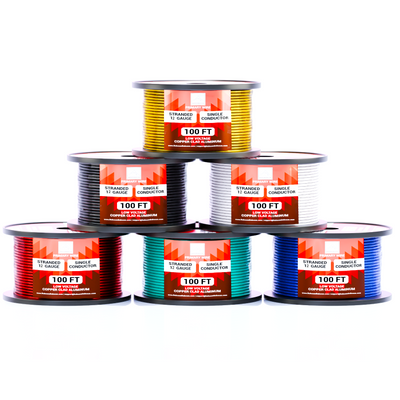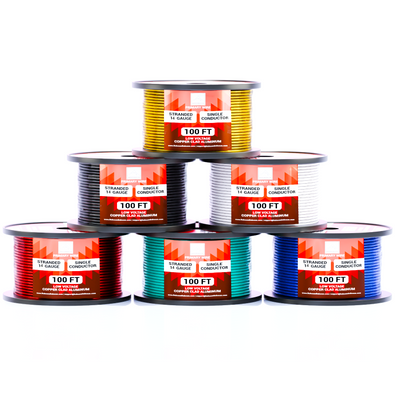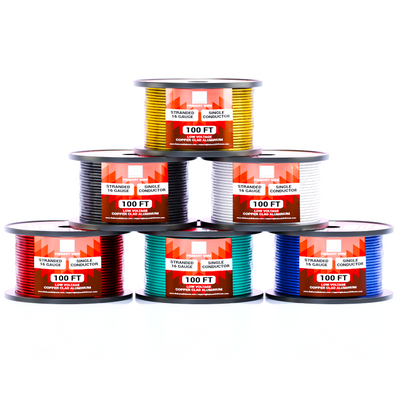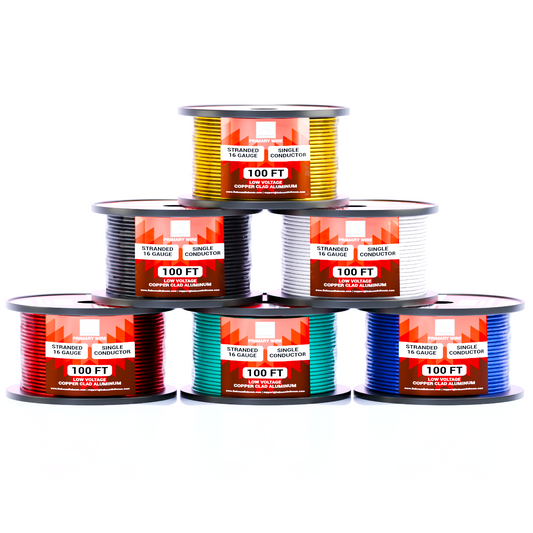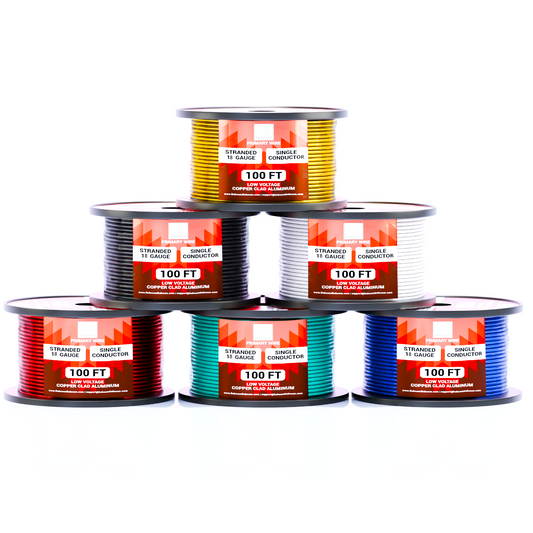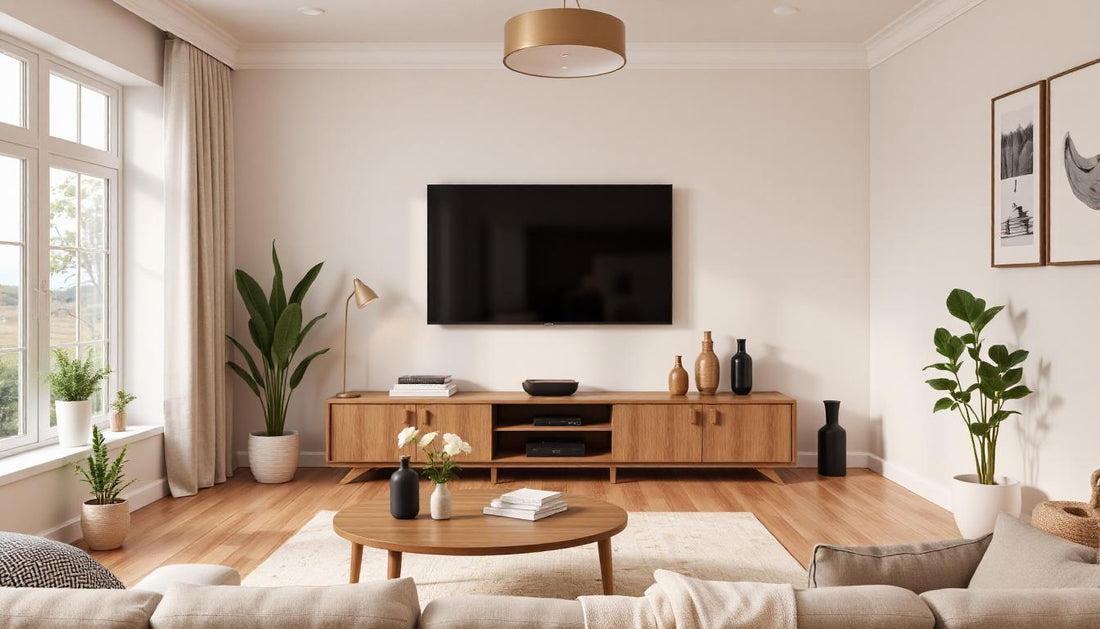
How to Hide Home Audio Wires for a Clean, Professional Look
Share
Introduction
A stunning home audio setup can elevate your space, but messy, tangled wires can quickly ruin the aesthetic. Whether you're working with a surround sound system, a two-channel stereo setup, or a full-blown home theater, hiding your audio wires is key to creating a clean, professional appearance. In this guide, we'll show you practical and stylish ways to hide your home audio wires and achieve a polished look without sacrificing sound quality or convenience. At Baboom Baboom, we understand the importance of high-quality audio experiences, whether in your car, home, or beyond. Learn more about who we are on our About Us page.

Plan Your Layout Strategically
Before running any wires, take the time to plan your audio system layout carefully. Determine where speakers, receivers, subwoofers, and other components will be placed. Sketch a basic floor plan and map out cable runs to anticipate challenges before installation. When planning your setup, consider keeping wire runs as short and direct as possible to preserve signal quality. Place components near existing electrical outlets to avoid the need for long power cords, which can create unnecessary clutter and potential hazards. Additionally, group cables together to minimize visible clutter and simplify overall cable management, resulting in a cleaner and more organized space.
Good planning not only reduces the amount of exposed wiring but also makes the hiding process much simpler. It also ensures that your listening environment remains optimized for both sound and aesthetics.
Use Cable Raceways and Wire Molding
Cable raceways are one of the easiest and most effective ways to hide audio wires along walls, baseboards, and ceilings. These plastic or metal channels enclose the wires neatly and can be painted to match your wall color, blending seamlessly into your room.
Installation is straightforward:
- Measure and cut the raceway to the needed length.
- Mount it using adhesive backing or screws, depending on the weight and wall type.
- Snap the cover over your wires for a neat, enclosed look.
Wire molding is particularly useful for retrofitting cable management into an already finished room. Whether you're running speaker wires across a living room or along a hallway, raceways offer a simple, effective solution that looks clean and intentional.

Install In-Wall or In-Ceiling Wiring
For the cleanest, most professional results, consider running your audio wires inside walls or ceilings. This method requires more effort, but the payoff is a completely wire-free appearance that elevates the visual appeal of your room.
Basic steps include:
- Drilling access holes behind your AV receiver, TV, and speaker locations.
- Using fish tape or rods to pull wires through walls and ceilings.
- Securing wires inside protective conduit or using fire-rated wire when required by local codes.
Important Tips:
- Always turn off electrical power before working near existing wiring.
- Use wall plates with brush openings or connector panels for a clean exit point.
- Label each wire to simplify future upgrades or repairs.
If you're unsure about cutting into walls, hiring a professional installer is a smart move. Proper installation ensures safety and protects the integrity of your home's structure.

Hide Wires Behind Furniture and Decor
Sometimes the easiest solution is the most practical. Use furniture and decor to your advantage by cleverly concealing wires without any drilling or construction.
Tactics include:
- Running wires behind large couches, entertainment centers, or bookcases.
- Using cable clips or adhesive hooks to secure wires discreetly along the back or underside of furniture.
- Draping cables under area rugs or runners when crossing open floor spaces.
Creative placement can make wires virtually invisible while still keeping them accessible for maintenance or adjustments. Plus, this method allows for quick reconfiguration if you decide to change your room layout in the future.
Explore our Wholesale Program for exclusive access.
Wireless Alternatives and Signal Management
If hiding wires isn't feasible or you prefer a minimalist approach, wireless audio solutions are worth considering. Modern wireless speaker systems offer high-fidelity sound with minimal visible wiring. However, it's important to remember that wireless speakers still require power cables unless they operate on rechargeable batteries. Reliable wireless performance depends on a strong Wi-Fi or Bluetooth connection, free from interference.
Hybrid setups are increasingly popular, combining wired front speakers with wireless rear and subwoofer options. This strategy reduces wire clutter while maintaining superior sound quality where it matters most.

Use Cord Covers and Decorative Elements
Cord covers designed to look like baseboards, crown molding, or floor trim are an excellent option for hiding audio wires stylishly. These solutions add a decorative touch while serving a functional purpose.
Some options include:
- Paintable flat cord covers that blend into walls.
- Faux wood cord channels that complement hardwood floors.
- Flexible floor cord protectors for high-traffic areas.
By integrating cord covers with your room's design elements, you can keep your audio setup tidy without sacrificing style or function.
Bundle and Label Your Cables
Even when wires are hidden, bundling and labeling them is essential for long-term organization. Use:
- Velcro cable ties to group wires together without damaging them.
- Color-coded labels to identify cables at each end.
- Cable management sleeves for a polished, unified look.
Well-organized cables make troubleshooting, upgrading, or relocating components easier and prevent unnecessary damage from tangled cords.

Conclusion
A clean, professional-looking home audio setup enhances both the aesthetic and functionality of your space. Whether you choose cable raceways, in-wall installations, clever furniture placement, or wireless solutions, there are plenty of effective strategies to hide your audio wires. Combining thoughtful planning, quality materials, and smart techniques ensures your room remains both beautiful and acoustically optimized.
With a little effort and creativity, you can enjoy a clutter-free, high-performance listening environment that truly impresses guests and maximizes your audio experience. Ready to upgrade your setup? Start planning today, and bring your dream home audio system to life—without the tangled mess.
Experiment with our Expert Software Tools to get customized wiring insights. Want more tutorials like this? Visit our Articles Page.

